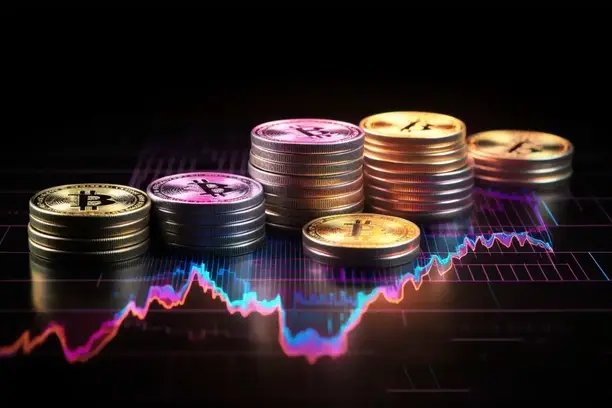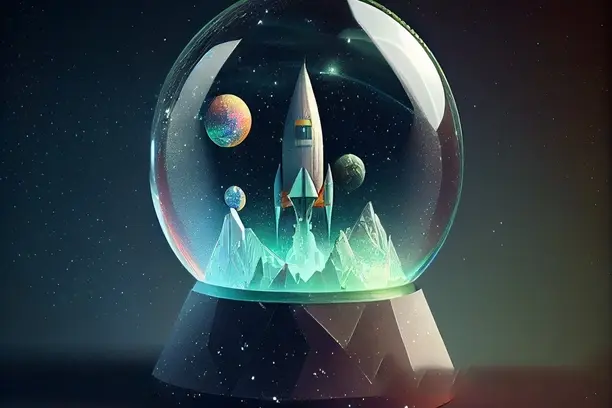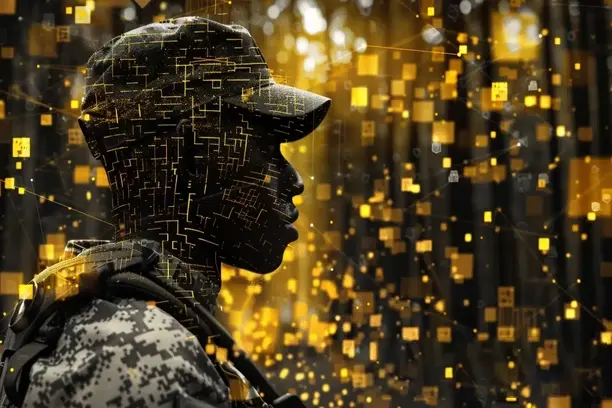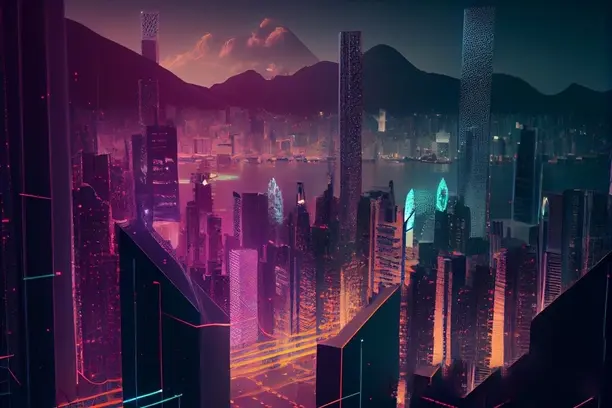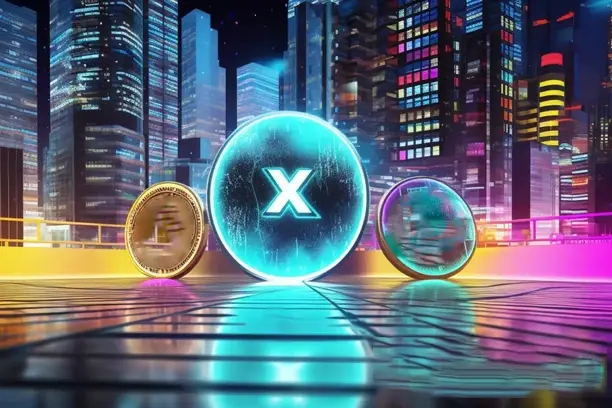Blockchain gaming (chain gaming), as a combination of blockchain technology and the gaming industry, is redefining the world of digital entertainment. Its core essence is not only innovative game play, but also includes key features such as decentralization, player sovereignty and true ownership of assets. In this article, we will delve into the nature of blockchain gaming, how it is changing the rules of the traditional gaming industry, and the revolutionary changes it is bringing about. By analyzing the economic model, participation methods and potential of chain gaming, we will help you better understand this emerging field.
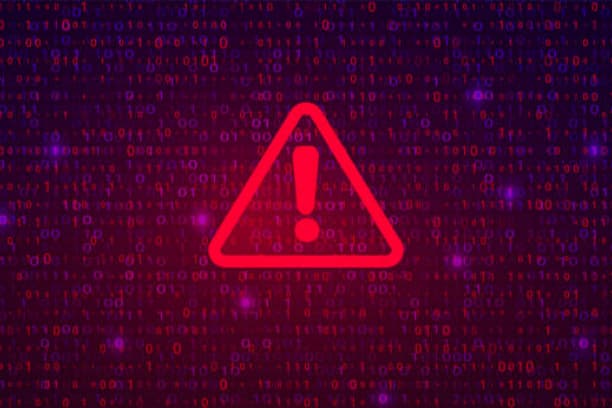
What are the core features of blockchain games?
The biggest difference between blockchain games and traditional games is the blockchain technology of its underlying architecture. Blockchain provides a decentralized environment that allows all assets and transaction records in the game to be openly and transparently stored on the chain. In this way, the items and assets acquired by players in the game are no longer just virtual data, but real assets that can be traded, exchanged and value-added on the blockchain.
- Decentralization: Players are no longer just "consumers" of the game, but "creators" and "controllers" of the game's assets.
- Player Sovereignty: All game assets belong to the players themselves and can be freely traded, sold, and even transferred across games.
- Transparency and security: all transactions and asset transfers are recorded on the blockchain, ensuring openness and transparency and preventing cheating and fraud.
These features make blockchain games more than just entertainment and bring real economic value and investment opportunities to players.
How do blockchain games work?
The mechanics of blockchain gaming typically include components such as cryptocurrencies, NFTs (non-homogenized tokens), and smart contracts. Each of these elements enhances the depth and playability of the game by ensuring fairness and player interest.
- Cryptocurrency: blockchain games often feature one or more cryptocurrencies as in-game payment and reward tools. Players can earn tokens by completing quests, battles, etc., and then use these tokens to purchase virtual items or exchange them for real money.
- NFT (non-homogenized tokens): virtual items in blockchain games (such as equipment, character skins, land, etc.) usually exist in the form of NFTs. NFTs are unique in that each item owned by a player is irreplaceable and can be traded through the marketplace or even become an investment asset.
- Smart Contracts: Many operations and transactions in blockchain games are automatically executed through smart contracts, ensuring transparency and security in all transactions. These contracts determine how players interact with the game, how they are rewarded, how they trade assets, and so on.
Through the combination of these technologies, blockchain games achieve a decentralized and player-autonomous gaming experience, which greatly enhances the fun and innovation of the game.
Blockchain gaming economic model: how to monetize it?
Blockchain games not only provide players with entertainment, but also create a new profit model. Unlike traditional games, which are based on purely payment models, Chain Games incentivize players to participate and contribute through the "Play and Earn" mechanism, thus realizing a win-win situation for all parties.
- Play-to-Earn (P2E, Play to Earn): this profit model is one of the core features of blockchain games, where players earn in-game cryptocurrency or NFTs by participating in in-game missions, matches and activities, etc. Players not only enjoy the game, but also get actual financial gains from it.
- Trading and Investing: Due to the uniqueness of NFT, players can also trade these assets in out-of-game markets. For example, certain rare character skins, weapons, land, etc. can be bought and sold through the specialized NFT marketplace, or even become investments. As the game is updated and the community grows, the value of these assets may rise significantly.
- DAOs and governance: some blockchain games take the form of decentralized autonomous organizations (DAOs) that allow players to participate in the decision-making process of the game. Players can suggest or vote on updates, developments and operations of the game by holding tokens, enhancing the participation and governance power of the game.
The impact of blockchain gaming on the traditional gaming industry
The emergence of blockchain games has changed the way the traditional gaming industry operates, especially bringing about profound changes in the way games are developed and distributed.
- Decentralized development model: while traditional games are usually controlled by large companies, blockchain games can be developed and managed through communities and DAO forms. This allows developers to make more flexible adjustments based on player demand and feedback.
- Increased player participation: In blockchain games, players are not only consumers of the game, but also holders and creators of assets. This model breaks the "linear" participation of traditional games and allows players to participate more deeply in the game's economy and ecology.
- Cross-platform interoperability: thanks to the standardization of NFT, virtual items and assets in blockchain games can be interoperated and traded between different games or platforms. This cross-platform connectivity not only enhances players' gaming experience, but also brings new cooperation opportunities for developers.
The Challenges and Prospects of Blockchain Gaming
Although blockchain games show great potential, they also face many challenges. Problems in technology, regulation, and player education remain bottlenecks in the development of chain games.
- Technical Problems: Blockchain performance and scalability are still the main technical difficulties facing blockchain games. Problems such as high transaction fees and slow transaction confirmation may affect players' gaming experience.
- Regulatory Issues: With the rapid development of blockchain games, how to reasonably regulate cryptocurrency and NFT transactions in these games has become the focus of attention for governments. How to balance innovation and regulation in the future will directly affect the healthy development of blockchain games.
- Player education: blockchain and cryptocurrency are still relatively new fields for most players, and how to help players understand and use these emerging technologies remains a major challenge in promoting blockchain games.
Nevertheless, with the continuous development of technology and the gradual improvement of ecology, blockchain games are expected to become an important part of digital entertainment in the future. With more and more developers and players joining this field, the prospect of chain games is very bright.
summarize
Blockchain game is a product of the combination of blockchain technology and traditional games, which not only provides a brand new gaming experience, but also brings a revolution in players' asset ownership. Through technologies such as cryptocurrency, NFT and smart contracts, blockchain games achieve decentralized, transparent and secure operation mechanisms, creating a new mode of "play to earn" and changing the rules of the traditional gaming industry. Despite the challenges of technology, regulation and education, blockchain games still have great potential for development. In the future, as the technology matures and the ecology improves, chain games are expected to become the mainstream of digital entertainment.

